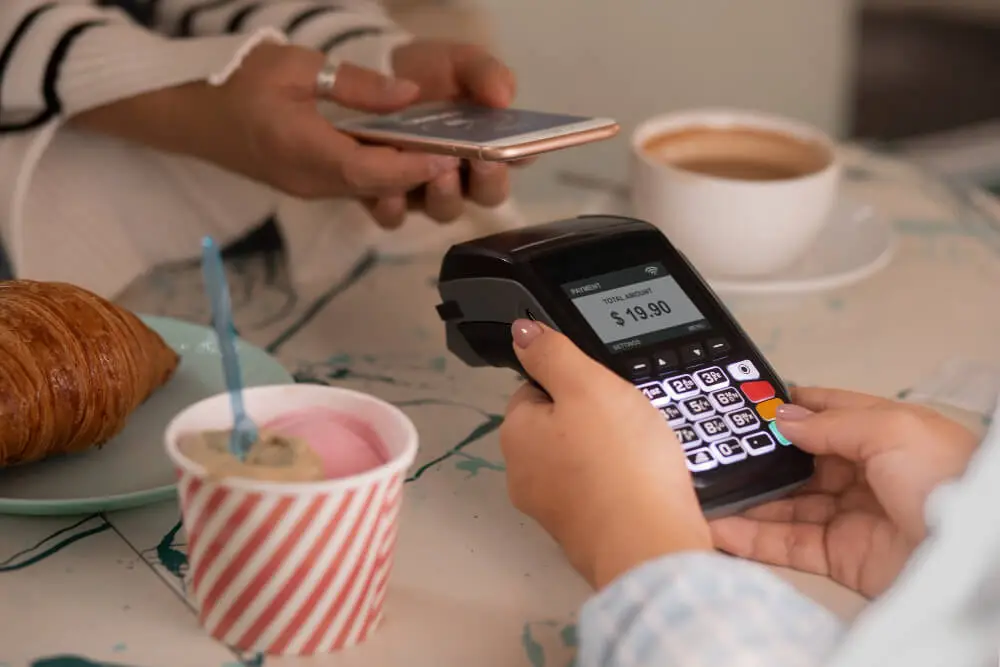A strong online presence is essential for the success of any restaurant business in the digital era. With an increasing number of customers using the internet to find dining options, having an effective website is vital. A well-crafted restaurant website not only attracts potential customers but also offers them a pleasant user experience. In this article, we will discuss eight proven best practices for designing a restaurant website. These practices will assist you in creating an engaging and user-friendly website that enhances your online presence and drives more customers to your establishment.
In today’s fast-paced society, people heavily rely on their mobile devices. Therefore, it is crucial to ensure that your restaurant website is mobile-friendly and responsive. By having a design that works well on mobile devices, such as smartphones, tablets, and desktop computers, customers can seamlessly access your website. Optimizing your website for mobile devices enhances the user experience, enabling customers to effortlessly navigate and explore your site. if you’re looking for professional design for your restaurant , cafe or bar, Fleksa can help you design top class restaurant website.
Why Does Restaurant Need Their Own Website?
Having a dedicated website is essential for restaurants in today’s digital landscape. It not only provides a platform to showcase their offerings but also enables them to connect with potential customers online. Let’s explore the reasons why restaurants need their own website.
- Establishes an online presence: A restaurant website serves as a digital storefront, allowing customers to discover and learn more about the establishment at their convenience.
- Increases visibility: With the majority of people searching for dining options online, having a website helps restaurants to appear in search engine results and online directories, increasing their visibility to potential customers.
- Facilitates online reservations and orders: By integrating reservation and online ordering systems into their website, restaurants can streamline the process and offer a convenient way for customers to secure a table or order food online.
- Builds customer trust and loyalty: A well-designed and informative website establishes credibility and trust among customers. It can feature testimonials, reviews, and even a section highlighting the restaurant’s history, team, and values, fostering a sense of connection and loyalty.
Know more: Guide for creating your own restaurant website
Lets Discuss Top Restaurant Website Design Best Practices
Intuitive Navigation: Guiding Customers to What They Want
When designing your restaurant website, it’s important to prioritize intuitive navigation. Visitors should be able to find what they’re looking for quickly and easily. Use clear and descriptive headings, drop-down menus, and a logical site structure to guide users through your website. Ensure that your menu, contact information, and reservation system are easily accessible and prominently displayed. By simplifying the navigation process, you enhance the user experience and encourage visitors to stay longer on your site.
Eye-Catching Visuals: Tempting Customers with Delicious Imagery
A picture is worth a thousand words, and in the restaurant industry, tantalizing visuals play a crucial role in attracting customers. Invest in high-quality, professional food photography to showcase your culinary creations. Incorporate mouth-watering images of your dishes throughout your website, including the homepage, menu page, and gallery section. Additionally, consider using videos or virtual tours to provide customers with an immersive experience, enticing them to visit your restaurant.
Online Reservation & Ordering System: Enhancing Customer Experience
Streamline the reservation & ordering process for your customers by integrating an online reservation & ordering system into your website. Allow customers to easily book a table at your restaurant with just a few clicks. An efficient reservation system not only saves time for both your staff and customers but also eliminates the need for phone calls, reducing the chances of errors or missed reservations. Ensure that the reservation form is prominently displayed on your website and provide clear instructions for booking. By offering a convenient and hassle-free reservation process, you enhance customer satisfaction and increase the likelihood of repeat visits.
Clear and Concise Menu: Presenting Your Culinary Offerings
Your restaurant’s menu is the main attraction for potential customers. It is essential to present your culinary offerings clearly and concisely on your website. Use descriptive and appetizing language to showcase your dishes. Organize your menu into categories for easy navigation, and consider including pricing information. High-quality images of your signature dishes can also be included to entice customers. Regularly update your menu to reflect seasonal specials and promotions, keeping it fresh and engaging.
Customer Testimonials: Building Trust and Credibility
Customer testimonials are a powerful tool for establishing trust and credibility. Include a dedicated section on your website to showcase positive reviews and testimonials from satisfied customers. Displaying authentic feedback and experiences can help potential customers feel confident in choosing your restaurant. Encourage satisfied customers to leave reviews on popular review platforms such as Yelp or Google, and consider integrating social proof widgets on your website to display real-time reviews.
Social Media Integration: Expanding Your Reach
Social media is a valuable platform for engaging with your audience and expanding your reach. Integrate social media icons into your website design, allowing visitors to easily connect with your restaurant on popular platforms such as Facebook, Instagram, or Twitter. Regularly update your social media accounts with enticing visuals, special promotions, and behind-the-scenes glimpses of your restaurant. Encourage customers to follow and engage with your social media profiles to stay updated on news and events.
Contact Information and Directions: Making it Easy to Find You
Make it effortless for customers to find your restaurant by providing clear and concise contact information and directions on your website. Include your restaurant’s phone number, email address, and physical address in a prominent location, such as the header or footer of your website. Consider embedding a Google Maps widget to provide interactive directions. By ensuring that your contact information is easily accessible, you eliminate any barriers for potential customers and increase the likelihood of them visiting your establishment.
Conclusion
Creating an effective restaurant website is essential for attracting customers and enhancing your online presence. By implementing these eight proven restaurant website design best practices, you can create a visually appealing, user-friendly, and engaging website that showcases your culinary offerings and entices customers to dine at your establishment. Remember to keep your website updated, leverage social media, and provide clear contact information to ensure a seamless customer experience. Embrace the power of technology and design to elevate your restaurant’s online presence and drive success.
Read more: How to Boost Restaurant Sales Using a Mobile App






